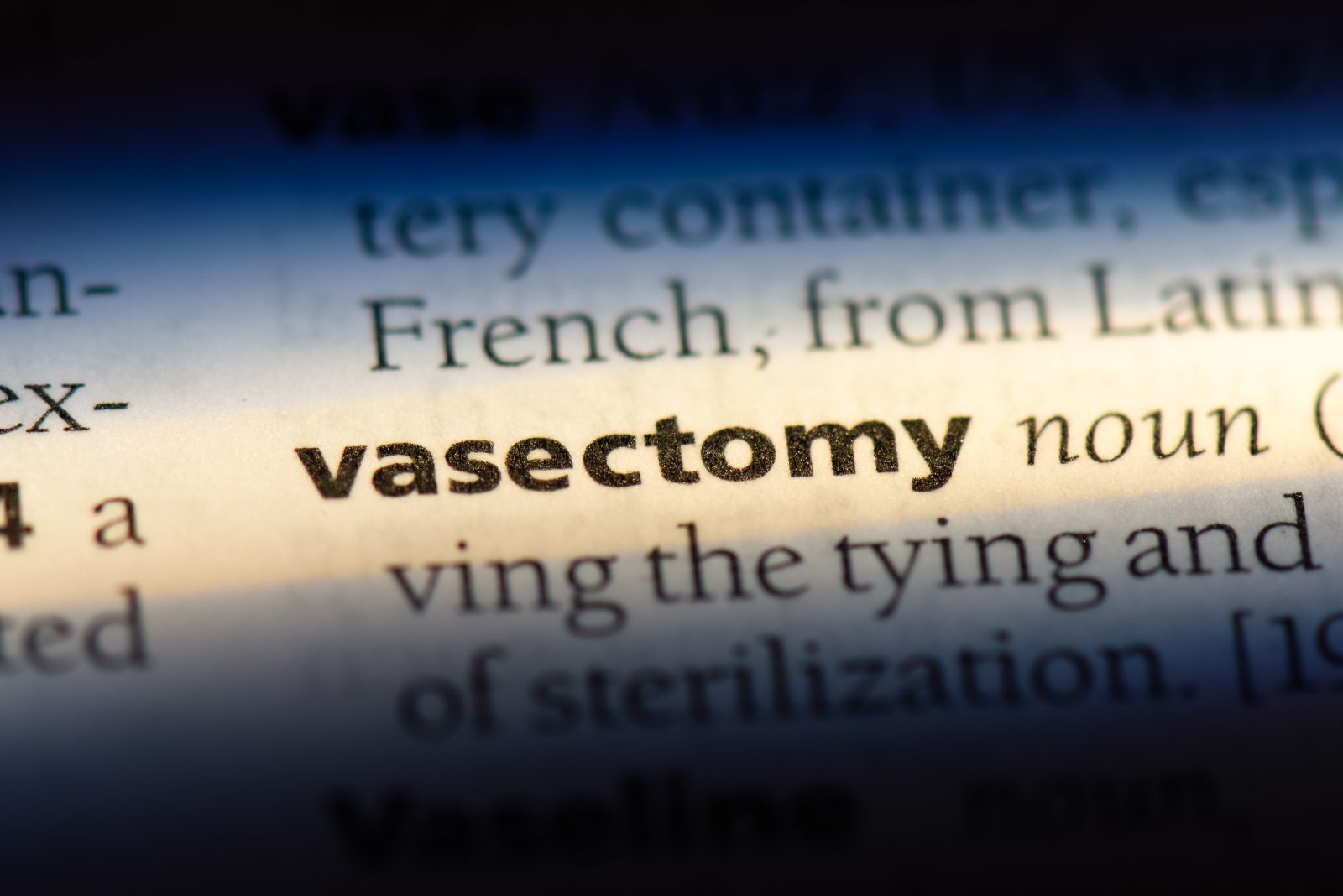What is vasectomy? With the Supreme Court’s decision in Dobbs v. Jackson Women’s Health Organization ending the constitutional right to abortion, interest in vasectomies, a surgical form of male birth control that blocks sperm from mixing with semen, has surged. Dr. Sarah Vij, a urologist at the Cleveland Clinic in Avon, Ohio, notes a significant increase in inquiries about vasectomies. In July 2022, the Clinic’s Center for Male Fertility saw more than twice the number of inquiries compared to July 2021.
Dr. Puneet Masson, Director of Male Reproductive Medicine and Surgery at the University of Pennsylvania Medicine, has observed a similar trend. He states, “I typically conduct 7 to 10 vasectomy consults on a regular telemedicine day. Now I’m doing more than 20… Some patients, ranging from married couples with children to single men without children, have openly expressed that the Dobbs decision motivated them to take a proactive approach to their reproductive health.”
The focus on male contraceptives has grown so much that slogans like “Vasectomies Prevent Abortions” can now be found on T-shirts, and those undergoing the procedure can purchase specialized vasectomy underwear with a cold pack pouch.
However, there is misinformation circulating about the procedure. Some men worry it might impact sexual performance, hinder ejaculation, or make future reversals difficult.
If you’re contemplating a vasectomy, the experts below provide accurate insights into the procedure’s reality.
When Should You Choose a Vasectomy?
Performed approximately 500,000 times annually in the United States, as the American Urological Association reported, vasectomies are a form of permanent birth control. You should opt for a vasectomy only when you and your partner know your family is complete. “This decision is deeply personal and shouldn’t be rushed into. Some advise against getting a vasectomy when you have a newborn due to sleep deprivation and potential regrets later. Others suggest that even younger childless men should avoid it, despite feeling confident about not wanting kids. However, I believe any adult male capable of making healthcare choices can decide about contraception,” explains Dr. Vij.
Shouldn’t My Partner Handle Birth Control Instead? She’s the One Who Could Get Pregnant
Contraception is often perceived as a woman’s responsibility. However, effective birth control methods for women may involve birth control pills or an intrauterine device (IUD). “We consider a vasectomy an act of love. It’s heartening to witness numerous men taking charge of their reproductive health and their families rather than placing the entire burden on their partners,” explains Dr. Masson.
Is Vasectomy Completely Effective?
It’s important to remember that no birth control method is entirely infallible. “The failure rate, depending on the study you consult, is approximately 1 to 2 in 1,000. This makes it over 99 percent effective, comparable to or even better than most other available forms of birth control,” explains Vij.
Am I Sterile Right After the Procedure?
No, immediate sterility doesn’t occur following the procedure. A man needs to ejaculate after the vasectomy to ensure all the sperm have been cleared. The time it takes for different patients to clear sperm can vary significantly. “Some individuals might eliminate all sperm in as few as three ejaculations, while others might still have fertility potential after 30 or 40 ejaculations,” explains Vij. “I typically recommend patients to undergo a semen test at three months post-procedure, as the majority of men will have achieved clearance by then. It’s important for a man not to consider himself sterile and to continue using birth control until his doctor confirms complete clearance.”
Does A Vasectomy Hurt?
No need to worry, as this is a minimally invasive procedure that typically causes minimal discomfort. It’s performed on an outpatient basis, taking around 20 minutes. During a vasectomy, the tubes called the vas deferens, located inside the scrotum, are cut. This prevents sperm from being mixed with semen. Two types of procedures are available—one involving an incision and another that doesn’t. You’ll be administered local anesthesia and light tranquilizers to ensure your comfort.
What Are the Risks of Vasectomy?
The risks associated with vasectomy are quite low, with a complication rate of less than 1 percent. According to Dr. Masson, there’s a minimal risk of bleeding, infection, inflammation, or lingering pain. In some cases, a small percentage of patients might experience ongoing discomfort beyond the typical recovery period. If this occurs, it’s essential to consult the physician who performed the procedure. Dr. Masson also mentions a very rare 1 in 2,000 chance of recanalization, which involves the reconnection of the tubes, potentially restoring fertility in the man.
Will A Vasectomy Affect My Sexual Performance? Will Sex Feel Different?
According to Dr. Masson, a vasectomy does not impact sexual functioning. Your erections, orgasms, and ejaculations will remain completely unaffected. This is because only a tiny portion of the ejaculate comes from the testicles, while most originate from the prostate and seminal vesicles. As a result, your sexual experience will remain unchanged, with everything looking and feeling the same. The only microscopic difference is that there will be no sperm in the semen.
If I Change My Mind Later, Can a Vasectomy Be Reversed?
A vasectomy can be reversed, but the process is more complex and requires a surgeon skilled in microsurgery. It’s important to note that this procedure is usually not covered by insurance, making it quite costly for many individuals. While success rates are generally high, they aren’t guaranteed 100 percent. Encouragingly, a study published in the November 2020 issue of Urology discovered that men over 50 had the same success rate for reversal as younger men.
Is There Any Other Way to Father a Child After Vasectomy?
Certainly, for men who want to become fathers after a vasectomy, there is an option known as surgical sperm extraction. This approach has advantages: it’s quicker than a reversal (around 20 minutes) and can be performed on an outpatient basis. However, there are some drawbacks to consider. “These sperm can only be used in the context of in vitro fertilization (IVF). They won’t be able to swim to or fertilize the egg naturally. Therefore, the partner must undergo the IVF process,” explains Masson. Another option is to preserve sperm through banking before the vasectomy procedure.














Find Us on Socials